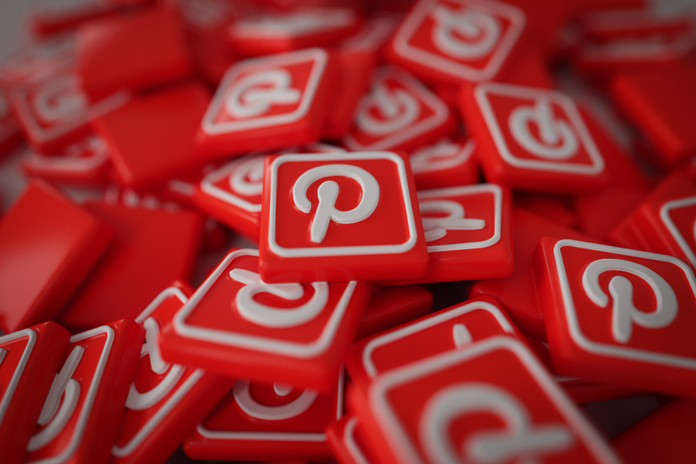Pinterest (NYSE:PINS) shares fell nearly 10% on Wednesday following a muted third-quarter revenue forecast that dashed hopes for a stabilization in its financial performance. Despite a broad recovery in the digital advertising sector, Pinterest’s outlook highlighted significant challenges, including heightened competition and weaknesses in specific advertiser segments.
Third-Quarter Revenue Forecast Disappoints
On Tuesday, Pinterest projected its current-quarter revenue to be below analysts’ estimates, struggling to keep pace with larger rivals like Meta’s (NASDAQ:META) Instagram and Facebook, as well as Alphabet’s (NASDAQ:GOOG) Google. The digital advertising market is rebounding from the downturn seen in 2022 and early 2023, but certain weaknesses continue to hinder Pinterest’s growth.
Competition and Advertiser Demand
The California-based photo-sharing platform pointed to material weakness in demand from advertisers in the consumer goods sector, particularly food and beverage companies. This decline offset strong ad spending in the technology and financial services sectors. Analysts have noted that this trend could pose broader challenges for other smaller digital ad players.
J.P. Morgan analyst Doug Anmuth remarked, “The optics of a lighter third-quarter guide will not help recently growing ad fears. Some will be concerned that food and beverage pressure, which has been isolated, could spread to other verticals with a potentially softer consumer.”
Impact on Other Ad Platforms
Pinterest’s gloomy revenue forecast may spell trouble for other digital ad platforms such as Snapchat owner Snap (NYSE:SNAP) and ad tech firm Trade Desk (NASDAQ:TTD). These companies also rely significantly on ad spending from the food and beverage sector. Last year, 18% of the gross spend at Trade Desk came from these advertisers.
Morgan Stanley’s Brian Nowak commented, “Slowing in ad spend and shifts toward promotions or discounts from food and beverage companies could cause some weakness in the digital ad markets. Ad platforms with fewer advertisers and more branded exposure are more at risk. Snap seems most at risk.”
Market Reaction and Analyst Response
Following the announcement, shares of Snap and Trade Desk were each up nearly 1% on Wednesday after dipping about 2% in premarket trading. Meanwhile, Pinterest was set to lose approximately $2.5 billion in market value, with at least 13 brokerages cutting their price targets.
RBC analysts pointed out that Pinterest might face additional challenges due to the lack of political ads on its platform. Unlike Meta and Alphabet, which are poised to benefit from political advertising ahead of the U.S. elections, Pinterest could see a few hundred basis points of headwind due to this factor.
Broader Implications for Pinterest
The disappointing revenue forecast underscores the competitive and operational hurdles Pinterest faces in the current digital advertising landscape. Despite the sector’s overall recovery, Pinterest’s ability to attract and retain advertisers in crucial segments remains a significant concern. The company’s reliance on fewer advertiser categories and its exclusion from political ad revenue could continue to impact its financial performance.
Investors and analysts will closely monitor Pinterest’s efforts to diversify its advertiser base and improve its competitive positioning. The platform’s ability to adapt to changing market conditions and leverage new advertising opportunities will be crucial for its future growth and stability.
Conclusion
Pinterest’s sharp decline in share value following its gloomy revenue forecast highlights the challenges the company faces in the competitive digital advertising market. While the overall sector is recovering, Pinterest’s specific weaknesses, particularly in advertiser demand from the consumer goods sector, pose significant hurdles. The company’s future success will depend on its ability to navigate these challenges and enhance its appeal to a broader range of advertisers.
Featured Image: Freepik








